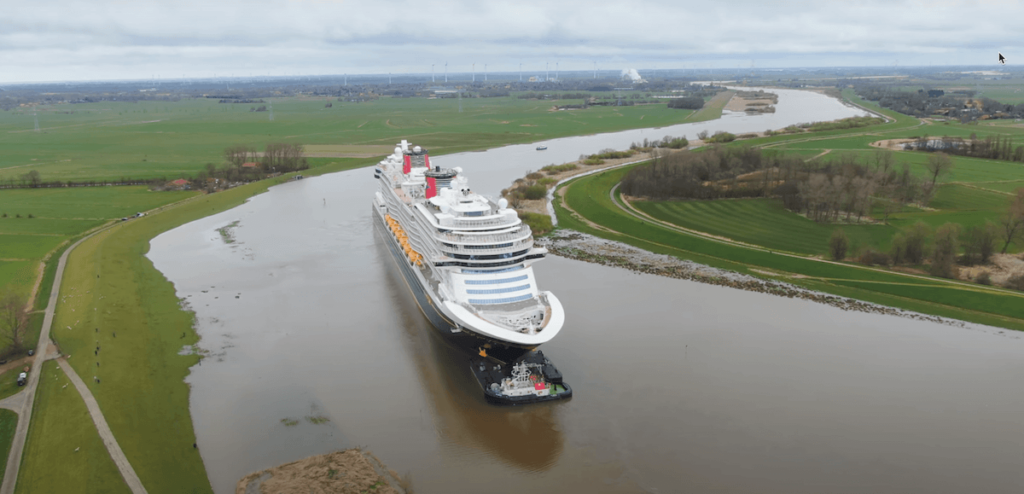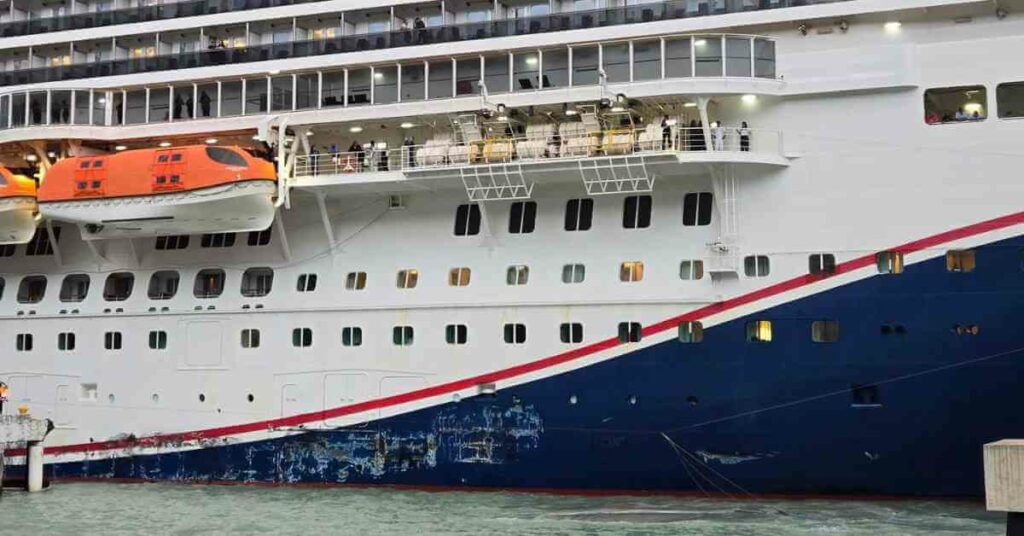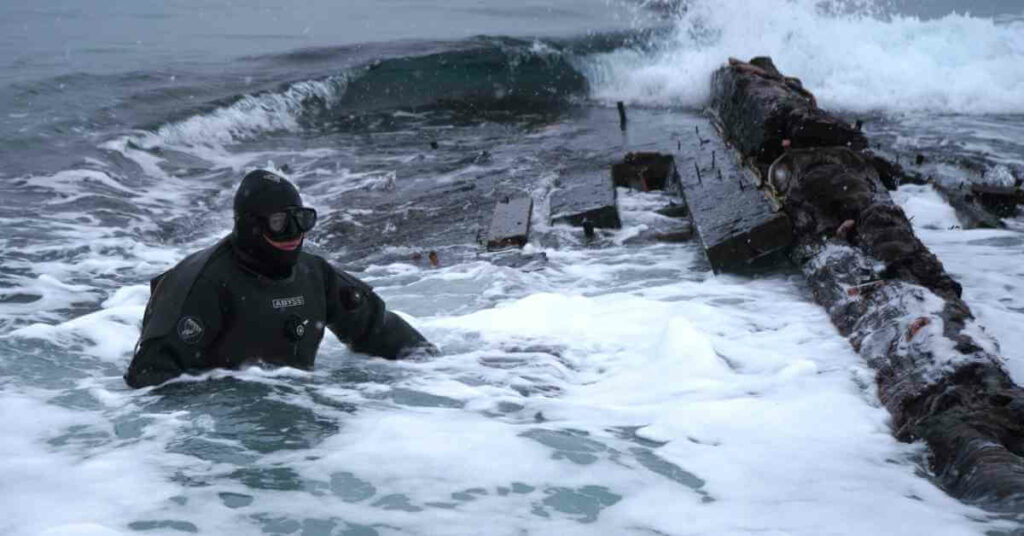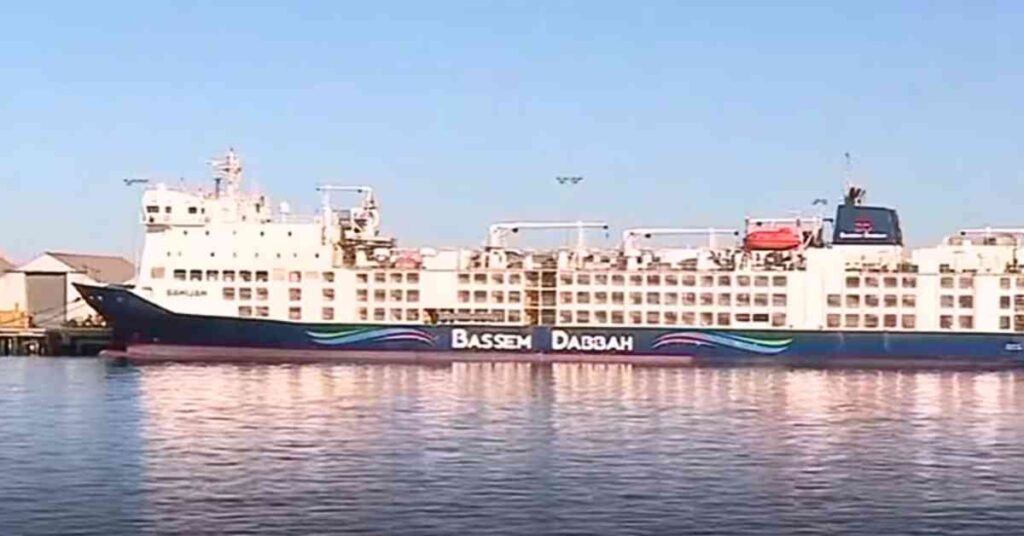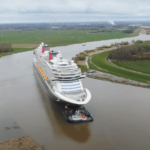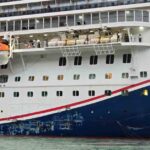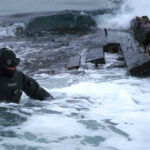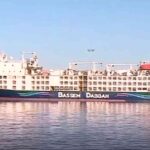Why do Ships break from the Middle?
The biggest shipping loss to date occurred in the form of MOL Comfort in 2013.
The MOL Comfort was caught in bad weather 200 miles off the coast of Yemen. Around dawn, it cracked in the middle and broke in two parts.
But MOL Comfort was not a unique case. There have been many such cases of ships breaking from the middle.
But why does it happen?
When a beam is loaded, it will either bend or flex, which means one part will be under compression, and the other will be in tension.
When a ship’s hull girder is designed, the designers analyse the structure as a beam. But this beam is different from those used by civil engineers, as ships carry unpredictably variable loads.
The buoyancy on the hull is never predictable as the sea experiences waves. The buoyancy on the ship varies periodically along the ship’s length.
Also, ships are not always in the same cargo loading conditions. Where they may ply one voyage in a fully loaded state, the ship may not have cargo but be induced to ballast loading condition in the return voyage. Hence, a vessel should be designed keeping in mind the uncertainty of the loads.
Unlike civil structures, a ship structure, i.e. a hull girder, is always supported by an “elastic foundation,” a sea surface.
The direction of buoyancy on the girder is upwards, and its longitudinal distribution depends upon the longitudinal distribution of the ship’s underwater volume.
This means there is more buoyancy at the midship region than at the fore and aft end. This leads us to a buoyancy distribution curve which looks something like this.
There is a weight factor, too, that contributes to the load on the girder.
It is the weight that acts onto the hull girder; and comprises individual weights of hull steel, machinery, outfit, cargo, fuel oil, lube oil, fresh water, ballast, and non-fuel cargo.
Depending upon the longitudinal distribution of these weights and their magnitudes, we obtain the longitudinal distribution of load on the girder, referred to as the Weight Curve.
When we superimpose both the graphs and subtract the magnitudes of weight from the buoyancy at every point along the length to obtain the longitudinal distribution of total load on the girder,
The load curve is subject to change depending on the various loading conditions of the ship. This load curve holds the utmost importance in the longitudinal strength aspect.
The shear force on any transverse section of the hull girder is zero at the aft end, fore-end and midships. So failure due to shearing is the least concern in these regions.
The bending moment is always maximum at the midship. Due to this effect, the bending stress always reaches a maximum at the midship region of any ship, irrespective of its loading condition.
The magnitudes may vary, but this nature is followed through any loading condition the ship encounters in its lifetime.
A ship usually breaks if it is involved in an accident, leading to structural failure and water ingress. This increases the load on the ship structure, and the bending stress, which is already high in the middle, crosses the safe limits and breaks.
Grounding also results in midship cracks or split-offs. This is due to unwanted load distributions along the hull, which leads to hogging or sagging, which are nothing but modes of bending of the hull girder, and it is the bending moment at the midships that had already exceeded the strength of the hull material, and eventually led to the failure!
A flawed ship design and poor material usage can also lead to a ship splitting in half when loaded with cargo, as suspected in the case of MOL Comfort.
Hence, the bending stresses should always be kept in check. The chief officer, primarily in charge of the ship’s stability, must ensure the stresses are within the permissible limit. The ballast and cargo should be planned and loaded accordingly.
For this, loading manuals are provided, which are a guide to loading the ship by the design standards, which are nothing but inferences to these different conditions of weight distributions.
Do you know which is the strongest part of the ship? Let us know in the comments.
Disclaimer: The author’s views expressed in this article do not necessarily reflect the views of Marine Insight. Data and charts, if used, in the article have been sourced from available information and have not been authenticated by any statutory authority. The author and Marine Insight do not claim it to be accurate nor accept any responsibility for the same. The views constitute only the opinions and do not constitute any guidelines or, recommendations on any course of action to be followed by the reader.
The article or images cannot be reproduced, copied, shared or used in any form without the permission of the author and Marine Insight.
Do you have info to share with us ? Suggest a correction

About Author
Zahra is an alumna of Miranda House, University of Delhi. She is an avid writer, possessing immaculate research and editing skills. Author of several academic papers, she has also worked as a freelance writer, producing many technical, creative and marketing pieces. A true aesthete at heart, she loves books a little more than anything else.
Latest Videos Articles You Would Like:
- Watch: Giant Disney Cruise Ship Maneuvers Through Impossibly Narrow River
- Cruise Ship Damaged Due To Severe Weather, Passengers Stuck Abroad
- Archaeologists Examine 19th-Century Shipwreck Found On Canadian Coast
- Australia Stops Livestock Ship From Sailing Around Africa To Israel Amidst Houthi Attacks
- Iran Warns U.S. Of Targeting Cargo Ships Following Latest Airstrikes On Houthis
- Watch: Ukrainian Forces Destroy Russian Missile Boat In Black Sea Operation
Subscribe To Our Newsletters
By subscribing, you agree to our Privacy Policy and may receive occasional deal communications; you can unsubscribe anytime.



